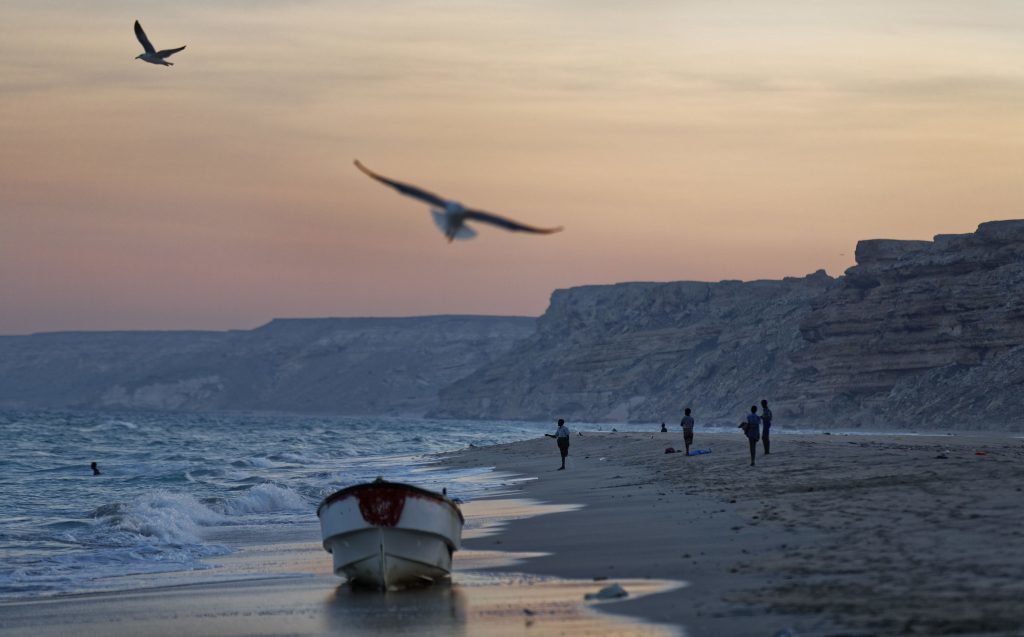
Somalia has the potential to be a major province, writes Arabey Hashi Abdi, with a population that is eager to seize the opportunities of new investment.
The East African state has substantial potential for hydrocarbons, with speculation that it may share some characteristics with Yemen’s geology.
IOCs began showing interest in Somalia in the 1950s, culminating in the 1980s. However, following a descent into insecurity, these companies put their investments on ice. Now, things are in motion once more.
The government of Somalia is determined to move with the trend of increased interest in oil and gas. It aims to commercialise some of its vast deposits of oil and gas. It is for the right time for all to develop and invest this sector.
IOCs have shown an interest in returning to the country but onshore work remains extremely unlikely, at least in the short to medium term, given problems in the security situation.
In 2012, the federal government of Somalia emerged. Part of this government’s ambition lay in renewing oil exploration and exploring the ways to move this forward, through legislation and regulation.
In 2013, the Ministry of Petroleum and Mineral Resources signed a contract with a seismic company to gather and evaluate 20,500 km of 2D data offshore. This was successfully delivered in 2014.
A similar 2D seismic evaluation agreement over major offshore areas was agreed with other companies in 2015 and 2016. This new data was delivered in 2018.
This new information, and related modelling work, has improved the understanding of the gas and petroleum potential offshore Somalia, increasing the appetite for investment.
As a result, the government is offering seven offshore blocks under its inaugural licensing round. This is currently open and receiving bids.
Operators interested in this opportunity have already licensed or are licensing multi-client data from TGS.
The bid round had been due to end on June 31, 2021, but was extended.
There are three major Somali basins offshore, the Obbia, Coriole and Juba-Lamu. Each basin has unique structural features and a different petroleum system, with source rocks spanning in age from Paleozoic to Tertiary.
There is also a high diversity of reservoirs, ranging between pure carbonate deposits (e.g. carbonate build ups in the Jurassic of the Obbia Basin) to pure siliciclastic bodies (e.g. Tertiary siliciclastic mass transport fold and thrust belt in the Coriole Basin).
This diverse petroleum system guarantees a unique heterogeneity and variety of prospects.
The Ministry of Petroleum & Mineral Resource was established during the transitional/interim government in 2005. An oil law was brought into place in 2008, which was then superseded by the current Petroleum Law, of 2020.
Another major achievement of recent times is that a legal petroleum sharing framework agreement between federal and state authorities was agreed. This covered the ownership and regulations of natural and environmental resources, as well as regulatory institutions, including independent licensing bodies.
The purpose of this is to ensure that any wealth derived from oil and gas activities is distributed equitably across all stakeholders at the district, state and federal level. An independent regulator, the Somalia Petroleum Authority (SPA), was launched in 2020.
Assistance in creating this regulatory environment came from the Africa Development Bank, Oil for Development, The World Bank, and Africa Natural Resource Development.
Ensuring transparency and accountability is essential to ensuring sustainable development and keeping the peace. Somalia needs to get it right in this, its first licence round, in order to ensure the delivery of future offerings.
Security is clearly top of potential investors’ minds when it comes to considering Somalia. The country is heading in the right direction, with a constitution in 2012 and three successful elections.
A stronger economy, and more opportunities, will go a long way to creating an alternative for the youth. While skills are in short supply as yet, there is potential. Furthermore, the Somali diaspora would be keen to help out where they can, returning to the country and sharing knowledge.
Somalia has substantial potential for many natural resources and its people are ready and willing to develop and extract them.
We call on all the IOCs – and the international community – to work together to help extract resources in Somalia. This is one of the main avenues of economic activity can set us free from hunger, ignorance, war, drought, and many of the current problems that have beset our country.
Arabey Hashi Abdi has a master’s degree in international relations and is currently studying an MBA in oil and gas at Aberdeen University.
Recommended for you
